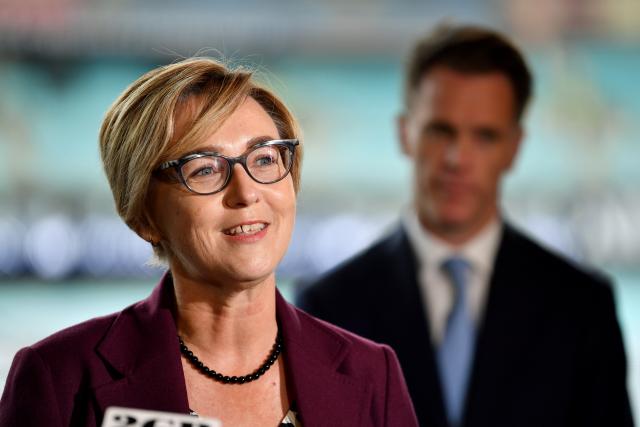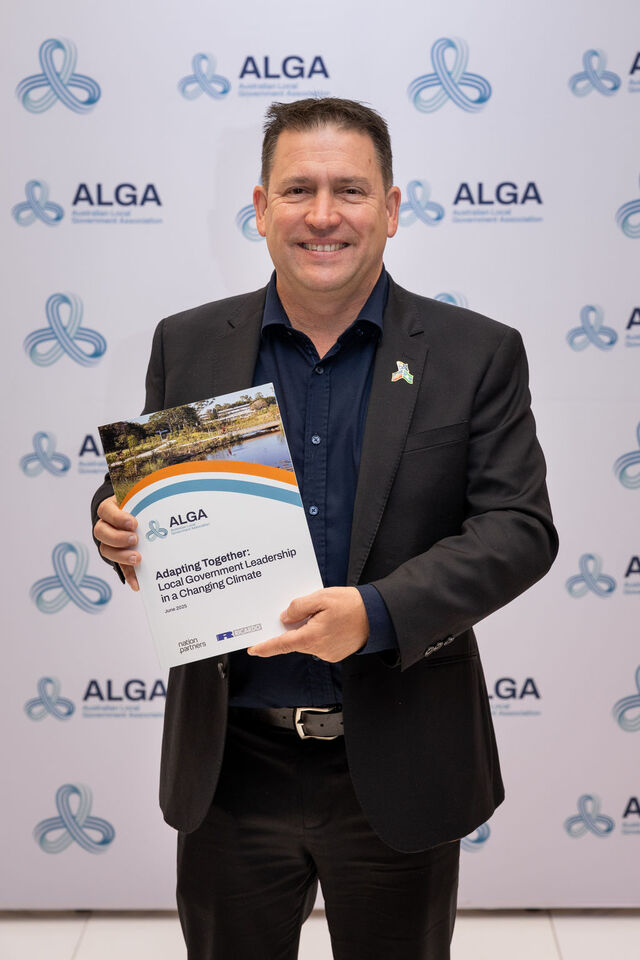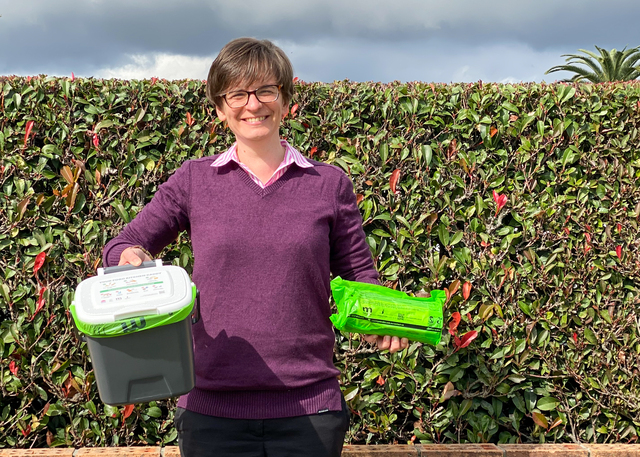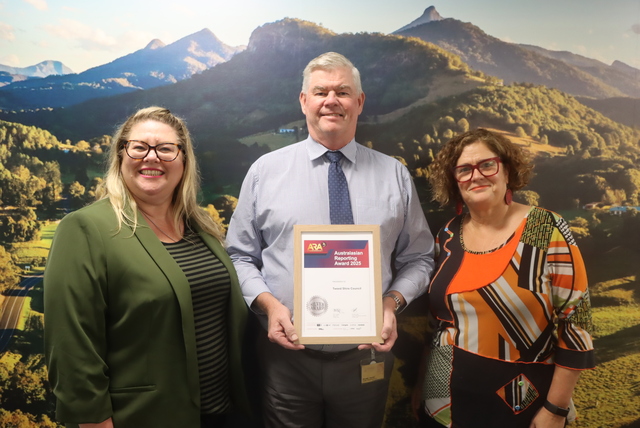What happens when coal and LNG exports plummet?
The Intergenerational Report (IGR) released in August is valuable and uncommon, in that the federal Treasury has commented on policies well outside its own field. The case in point is energy policy, where the IGR stresses that we must start thinking now because our exports of coal and gas – currently worth around $250 billion annually – will begin to plummet once nations buying these commodities begin to give effect to their ‘net zero’ commitments.
What sorts of industries are going to fill the gap? The suggestions being bandied about are new age mineral resources such as hydrogen and lithium, and various crops and food manufactures. After those, it becomes a real wish list viz. engineering and architectural services, IT and security systems, financial services, defence equipment. We have varying degrees of comparative advantage in these fields but expecting them to fill that gap on current policy setting is absolutely dreamin’.
The IGR dances around the solutions to the problem because the Treasury Department can’t be seen to be running the country. So let me help. Three core issues.
First, we must have an energy policy that supports local processing and manufacturing. It is nowhere near that. Energy should be a massive comparative advantage for the whole economy.
Secondly, we need a fit-for-purpose tax regime.
Thirdly, national savings and labour resources need to shift to new export-oriented investments. This is dependent on energy and tax reform above.
My concern is that not enough people are thinking and acting on the above. The Albanese Government, like its predecessors, considers tax reform to be political poison, and energy reform is painfully slow. The urgency of the situation is obviously not appreciated by the Albanese Government.
Small towns
In this column two months ago I made a case for the ‘non-metropolitan’ Regional Development Australia Committees to have a $2 million joint contribution from the feds and states for smallish regional economic projects.
The rationale was that a devolved program like this would avoid the misery, time delays and general rooting around of Canberra and Spring Street bureaucrats running competitive grants programs. A devolved program would also empower the RDACs.
Examples of how such funds could be deployed to give an economic boost to small regional towns were straightforward things like water dispensers, tables-chairs-umbrellas, mature shade trees, water features, pot plants, cans of paint and funding for three-to-four youths to brighten up tired public buildings.
A long-time Cockatoo member, Professor Rolf Gerritsen of Charles Sturt University, has provided some real world support, as follows.
“I liked your article on small towns. I can think of one I stop at going from Alice into western Queensland.
“I always stop there because they have a cafe that makes fresh food as you wait. I always spend more money and time there than I intend, mainly because, next to the cafe is a very small park, with seats and very pleasant foliage. The locals constructed it for somewhere to sit and have their coffee when they come to town. My guess is that the project cost about $5K in all to set up. And an occasional watering of the plants.
“But it makes all the difference to people who want some sociality in their lives, not just sitting on the verandah of their homestead. And, as my example shows, its cosiness stops some of the otherwise through traffic.”
Aviation Green Paper
This 200-page Green Paper was released last month ahead of a White Paper due mid next year. Councils with concerns about the cost of delivering air services, or the high cost of regional airfares, should take a strong interest.
The summary stresses the importance of aviation to regional development, ‘playing an important role servicing the needs of regional and remote communities. This includes access to a range of essential services such as health care and education…access to affordable air services is a key contributor to the liveability of regional Australia and it is essential that regional services remain viable.’
The above rhetoric provides an entrée for regional councils to strongly lobby the feds on the high cost of regional airfares. As I’ve flagged in this column previously, regional centres are being seriously impacted. And the problem starts with the federal/state policies that have allowed massive urbanisation while doing little to improve the viability of regional centres.
This mismatch is important because airlines want bums on seats, and if regional centres don’t have enough, then aeroplanes can’t reach the 80 per cent load target to make a service viable.
The standard response from aviation bureaucrats and airline executives is therefore that high regional airlines are an inconvertible truth. Well I don’t buy that.
My suggestion regarding a lobbying campaign is to run a three-year ‘milk-run’ pilot whereby flights would collect and drop-off passengers along a regional route thereby raising passenger numbers and covering more fixed costs. Added features might be ‘hub practices’ to facilitate the aggregation of passengers (at places like Wagga, Dubbo, Mildura, Mt Gambier, Tamworth, Toowoomba) and the clincher might be to have Qantas stick to international and national services, and to vacate regional routes to improve the viability of Virgin, Rex, Bonza, etc.
And if you’ve given up on aviation, perhaps tell the feds to get serious about very fast trains or fast trains! The argument here I’d suggest is that the feds need to adopt a holistic view of transport to our regions. More next month on this.
Pharmacy protection must end
Over the last 25 years there have been 11 government enquiries and/or expert reports calling for an end to the protection of pharmacies, and there’s been no action. Now surely is the time.
The backdrop is a recent article by Sue Dunleavy (Sunday Telegraph, Sydney) about the economics and politics of our pharmacy industry.
Ms Dunleavy noted that three quarters of Australia’s pharmacies are controlled by four big groups via franchise and related branding agreements. Shoring up this oligopoly is the policy of banning Australian supermarkets from selling prescriptive medicines, unlike in the UK, USA and New Zealand. And even Mark Butler, the federal Health Minister, has pointed to the Pharmacy Guild’s own figures showing that the average gross profit of a pharmacy is 34 per cent, the highest of any sector in medical services industry.
Meanwhile you will recall the Pharmacy Guild President in tears recently at the prospect of the federal government raising the 30-day prescription arrangement to 60 days in order to lower costs to consumers. By comparison, Canada has a 90-100 day arrangement with the full involvement of supermarkets!
But there’s more to this. Ms Dunleavy revealed Health Department data showing the extraordinary subsidies paid to pharmacists that lead to the high cost of medicines. For example, the popular cholesterol drug, Atorvastatin, costs the consumer $21.45 – but the manufacturer gets only $3.45. The balance is chemist dispensing fee ($8.37), chemist administration fee ($4.62), wholesale mark-up ($0.41), allowable extra charge paid to chemist ($3.29) and safety net recording fee ($1.31).
The point of all this is that Albanese came into government with many voters expecting an open and reformist approach. Well the pharmacy industry is now surely a test case.
Rod Brown is a Canberra-based lobbyist specialising in industry/regional development. Email apdcockatoo@iprimus.com.au








